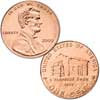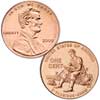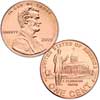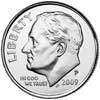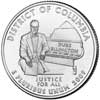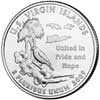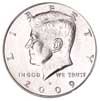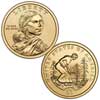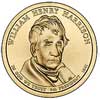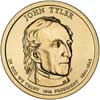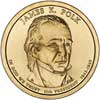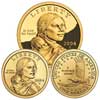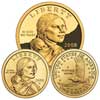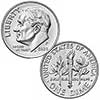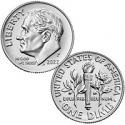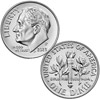Presidency in Washington, DC
When Lincoln took office on March 4, 1861, the Nation was already on the verge of civil war, and fighting soon broke out at Fort Sumter, South Carolina. Shortly after the Battle of Antietam, in late 1862, Lincoln issued the Emancipation Proclamation, declaring all slaves in rebel territory free as of January 1, 1863. The Union victory at Gettysburg, Pennsylvania, on July 3, 1863, marked a crucial turning point in the war in favor of the North.
The summer of 1864, however, proved to be one of the most difficult of Lincoln's Presidency, and his reelection was in doubt. Peace negotiations began, but collapsed, and his cabinet was divided. But the war-time President prevailed easily that November, carrying 22 of 25 participating states. The war ended with General Robert E. Lee's surrender to General Ulysses S. Grant on April 9, 1865, at Appomattox Court House, Virginia.
Just five days later, on April 14, President Lincoln was mortally wounded by an assassin, John Wilkes Booth, while watching a play at Ford's Theater in Washington. Army physicians worked to save him throughout the night, but he never regained consciousness and died at 7:22 a.m. the next morning at the age of 56.
The approved design for aspect four of Lincoln's life features the half-finished United States Capitol dome, symbolizing a Nation torn apart by civil war and the resolve Lincoln showed as he guided the country through its most grave crisis. It also bears the inscriptions "United States of America," "E Pluribus Unum" and "One Cent."
It was in front of the rising dome that Lincoln began his Presidency and under the completed dome that his body lay in state, having made the ultimate sacrifice to preserve the Union and defend freedom and democracy. This reverse was designed by United States Mint AIP Master Designer Susan Gamble and sculpted by United States Sculptor-Engraver Joseph Menna.
Mintage:
| Philadelphia |
Denver | S Proof |
| 129,600,000 |
198,000,000 |
2,995,615 |


